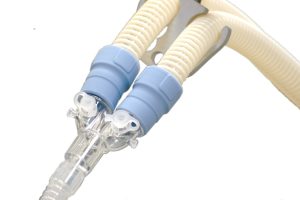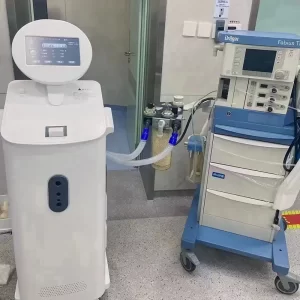In the realm of healthcare, ensuring the safety and sterility of medical equipment is paramount. Anesthesia tubing, a crucial component in delivering anesthesia to patients, must undergo thorough cleaning and sterilization processes to prevent infections and ensure patient well-being.
The Significance of Cleaning Anesthesia Tubing
Anesthesia tubing plays a pivotal role in the administration of anesthesia during medical procedures. Contamination of anesthesia tubing can lead to severe consequences, including infections, complications, and compromised patient safety. Therefore, the cleaning and maintenance of anesthesia tubing are critical aspects of healthcare protocols.
Classification of Anesthesia Tubing
Anesthesia tubing falls into the category of "Semi-Critical Items" according to Spaulding's classification system. These are items that come into contact with mucous membranes but do not penetrate the body's blood barrier. Examples of semi-critical items in anesthesia include laryngoscopes, endotracheal tubes, and breathing circuit components. While they do not require the same level of sterilization as critical items, thorough cleaning and high-level disinfection are still essential to prevent the spread of infections.

The Cleaning Process for Anesthesia Tubing
Cleaning anesthesia tubing involves a series of meticulous steps to ensure its safety and effectiveness:
1. Pre-cleaning:
Immediately after use, anesthesia tubing should undergo pre-cleaning.
Remove any visible debris, secretions, or residues from the tubing.
2. Enzymatic Cleaning:
Submerge the tubing in an enzymatic cleaning solution.
Enzymatic cleaners are effective in breaking down organic matter and biofilms that may accumulate inside the tubing.
3. Rinsing:
After enzymatic cleaning, rinse the tubing thoroughly with clean, warm water to remove any remaining cleaning solution and debris.
4. High-Level Disinfection:
Anesthesia tubing should then undergo high-level disinfection.
This process typically involves the use of chemical disinfectants that can effectively kill a wide range of microorganisms, including bacteria and viruses.
5. Drying:
Ensure that the tubing is adequately dried to prevent the growth of microorganisms.
Proper drying also helps maintain the integrity of the tubing material.
High-Level Disinfection Agents
The choice of disinfectant for anesthesia tubing is crucial. Commonly used high-level disinfection agents include hydrogen peroxide, glutaraldehyde, and peracetic acid. It's essential to follow the manufacturer's recommendations for the specific disinfectant being used, including exposure times and concentrations.

Routine Maintenance
Routine maintenance of anesthesia tubing is vital to ensure its longevity and efficacy. Here are some key practices:
Regular Inspection: Routinely inspect the tubing for signs of wear, damage, or deterioration.
Replacement: Replace tubing that shows any signs of compromise to prevent potential contamination and malfunction during procedures.
Manufacturer Guidelines: Always follow the manufacturer's recommendations for cleaning, maintenance, and replacement schedules.
Conclusion
Proper cleaning and maintenance of anesthesia tubing are critical to ensure patient safety and prevent the spread of infections. Healthcare providers must adhere to stringent protocols for cleaning, high-level disinfection, and routine maintenance of anesthesia tubing. By following these guidelines, healthcare facilities can maintain the integrity of their equipment and safeguard the well-being of their patients.